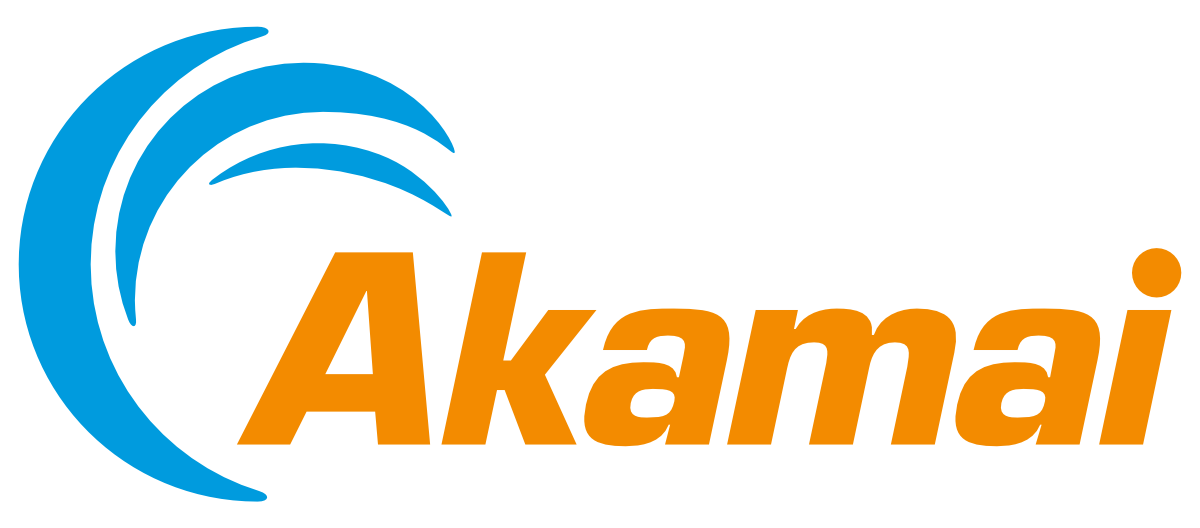VMblog: If you were giving a KubeCon attendee a quick overview of the company, what would you say? How would you describe the company?
Roman Khavronenko: VictoriaMetrics is the company behind the open-source databases for time series and logs. We're focused on helping individuals and organizations address their big data and scale challenges through state-of-the-art monitoring and observability solutions. All our products are focused on simplicity, reliability, and efficiency.
VMblog: Your company is sponsoring this year's KubeCon + CloudNativeCon event. Can you talk about what that sponsorship looks like?
Khavronenko: As in previous years, we're a "silver sponsor" at the event and visitors can find our team at booth R17. In addition to our flagship open source project, VictoriaMetrics, we'll be showcasing and happy to talk about our latest open source project: VictoriaLogs.
VMblog: How can attendees of the event find you? What do you have planned at your booth this year? What type of things will attendees be able to do at your booth?
Khavronenko: Join us at booth R17 to discuss all things open source observability, monitoring, time series databases and logs management solutions with our team of engineers and developer relations specialists.
We'll also have new VictoriaMetrics hoodies, t-shirts, bags, and our VictoriaMetrics chocolate bars, so visitors can treat themselves to some VictoriaMetrics goodness with their tea or coffee!
VMblog: Have you sponsored KubeCon + CloudNativeCon in the past? If so, what is it about this show that keeps you coming back as a sponsor?
Khavronenko: We have indeed! In fact, we've been KubeCon sponsors for the past few years now, both in Europe and North America. For the first time, some of our VictoriaMetrics team members also participated in KubeCon China earlier this year. We keep coming back for the participants: We have a great monitoring solution for Kubernetes, and we love talking to other engineers anytime. KubeCon is the right audience for us, and we appreciate meeting and talking with other teams and organizations that also offer related open source solutions.
VMblog: What do you attribute to the success and growth of this industry?
Khavronenko: There is more and more (telemetry) data being generated across the globe all the way through to data being generated in space that needs to be stored and analyzed as required. Kubernetes and related open source solutions have made this possible, and also contributed to the data growth. New solutions have seen the light as a result to help deal with the volumes and the complexity that's being generated; existing solutions are looking to adapt and grow with these trends as well. That makes for a vibrant and growing industry.
VMblog: Do you have any speaking sessions during the event? If so, can you give us the details?
Khavronenko: We won't be holding any speaking sessions during the event. However, our team will be at our booth, R17, ready and happy to discuss all things related to open source observability, monitoring, and related technologies.
VMblog: Can you double click on your company's technologies? And talk about the types of problems you solve for a KubeCon + CloudNativeCon attendee.
Khavronenko: VictoriaMetrics is a company behind open-source software for observability. We provide a full-fledged solution for metrics:
- Time series database with outstanding performance and cost-efficiency, scaling to billions of unique time series and millions of ingestion rate
- Compatibility with such popular tools like Prometheus and Grafana
- Support of OpenTelemetry, Influx, Graphite, Datadog, NewRelic and many other ingestion protocols
- Alerting, horizontal scaling, multi-tenancy, stream aggregation, deduplication, k8s operator and helm charts
- A brand new database for logs - VictoriaLogs - to replace solutions like Elasticsearch and Loki
All mentioned above is open-source and available for everyone under Apache2 license.
A few recent developments from VictoriaMetrics include multi-tenant reading, which allows queries to retrieve data from multiple tenants in a single query. The main problem that inspired this feature was we noticed users were not using multi tenancy since some users needed to see data from all tenants in a single query, and multi tenant read allows these users to see data from all tenants while other users can only query data from their tenant. Multi tenant reading is also making it easier to apply a common set of alerting and recording rules across all tenants in the near future. Another issue we noticed is that some recording rules were putting a lot of stress on our customer's databases so we created streaming aggregation that can aggregate metrics before being sent to the database. Since vmagent can send data to any Prometheus remote write endpoint, this can benefit other tools not just VictoriaMetrics. Finally, Victorialogs is shaping up to be an amazing product which can drastically reduce the complexity associated with managing logs at scale. One of our engineer's is also happy that LogsQL the query language for VictoriaLogs can deal with logs that have structured data instead of structured metadata which he was struggling with for a few years.
VMblog: While thinking about your company's solutions, can you give readers a few examples of how your offerings are unique? What are your differentiators? What sets you apart from the competition?
Khavronenko: We make it really easy to start off with a small deployment and scale to the billions of active series. We're focused on making our software transparent, simple to run and maintain: no complex configurations, simple and meaningful architecture, predictable resource usage, no scaling limits. If you were looking for well-engineered solutions, battle-tested and proved on insane scale - check VictoriaMetrics, it is open-source.
VMblog: Where does your company fit within the container, cloud, Kubernetes ecosystem?
Khavronenko: In my mind, VictoriaMetrics is a leading player in the observability space. The thing that sets VictoriaMetrics apart is that we are simple, reliable, and easy to use at any scale. It's rare to find a project that provides a first class experience in a single container, docker compose, or in a massive Kubernetes cluster.
VMblog: KubeCon + CloudNativeCon is typically a great venue for a company to launch a new product or an update to an existing product. Will your company be announcing anything new? If so, can you give us a sneak preview?
Khavronenko: We do have plans to announce something, however, we're keeping this under wraps until the week of the conference ?
VMblog: With regard to containers and Kubernetes, is there anything holding it back from a wider distribution? If so, what is it? And how do we overcome it?
Khavronenko: For containers as a whole, there are still workloads that are not able to run in containers, and labor is more expensive than hardware. It's frequently cheaper to keep the workload in VMs than migrate to a container aware alternative or update the application to be container aware. The solution to this is time, since other factors like applications going EOL are excellent at motivating decision makers to move off of legacy apps. The thing holding back Kubernetes adoptions is complexity. Kubernetes to me is like driving a trailer. It can haul much more than a normal car, but there is more to maintain and, it is harder to drive. I don't think we can get all workloads in k8s because you do not always need everything Kubernetes gives you. I think making it easier to get your first real world app deployed in Kubernetes will help drive adoption, and there are solutions in many shapes and sizes working on that.
VMblog: Are companies going all in for the cloud? Or do you see a return back to on-premises? Are there roadblocks in place keeping companies from going all cloud? And if so, what are they, and how do they address that challenge?
Khavronenko: Costs and surprise bills are the biggest reasons I see people leaving the cloud or cloud managed services, especially around observability. It is not uncommon for teams to have sudden increases in the amount of data they need to store and transfer, and the cloud handles this very well but can stress budgets. Some workloads are much cheaper to run on premise since egress is usually charged by the amount of bandwidth on premises, and not the amount of data being transferred and the amount of API requests. Another thing holding back cloud adoption is it is much easier to provide an amazing experience with self-hosted solutions, which was not the case when the cloud started to gain traction. The things the cloud still wins at are elasticity, convenience, and global reach. I think workloads managed by people who want to minimize time maintaining infrastructure, need elasticity, and the ability to reach a worldwide user base will use the cloud. For people with predictable workloads and cost concerns, will be on premise. Most companies will end up in a hybrid cloud situation because they have workloads that fit both uses cases.
VMblog: Are you giving away any prizes at your booth or participating in any prize giveaways?
Khavronenko: We'll have our latest VictoriaMetrics outfits to give away to attendees at our booth, as well as stickers, chocolate bars, flyers, and more.
VMblog: Is your company sponsoring any type of party or get together during the event that you'd like to notify attendees about?
Khavronenko: We don't sponsor side events, but we're very active in open-source events, virtual meetups on our //www.youtube.com/@victoriametrics">YouTube channel, and on-site events. For example, in September, we had a meetup with Criteo in Paris.
VMblog: Do you have any advice for attendees of the show?
Khavronenko: Make sure you plan before you go. If you are traveling with someone who isn't interested in the conference, make sure they have something to do if they get bored, so your good time doesn't come at your loved one's expense. Make sure your plan includes some time in the hallway track and a visit to the VictoriaMetrics booth. The talks will be posted online, and conferences are one of the few times you will be around this many of your peers.


















